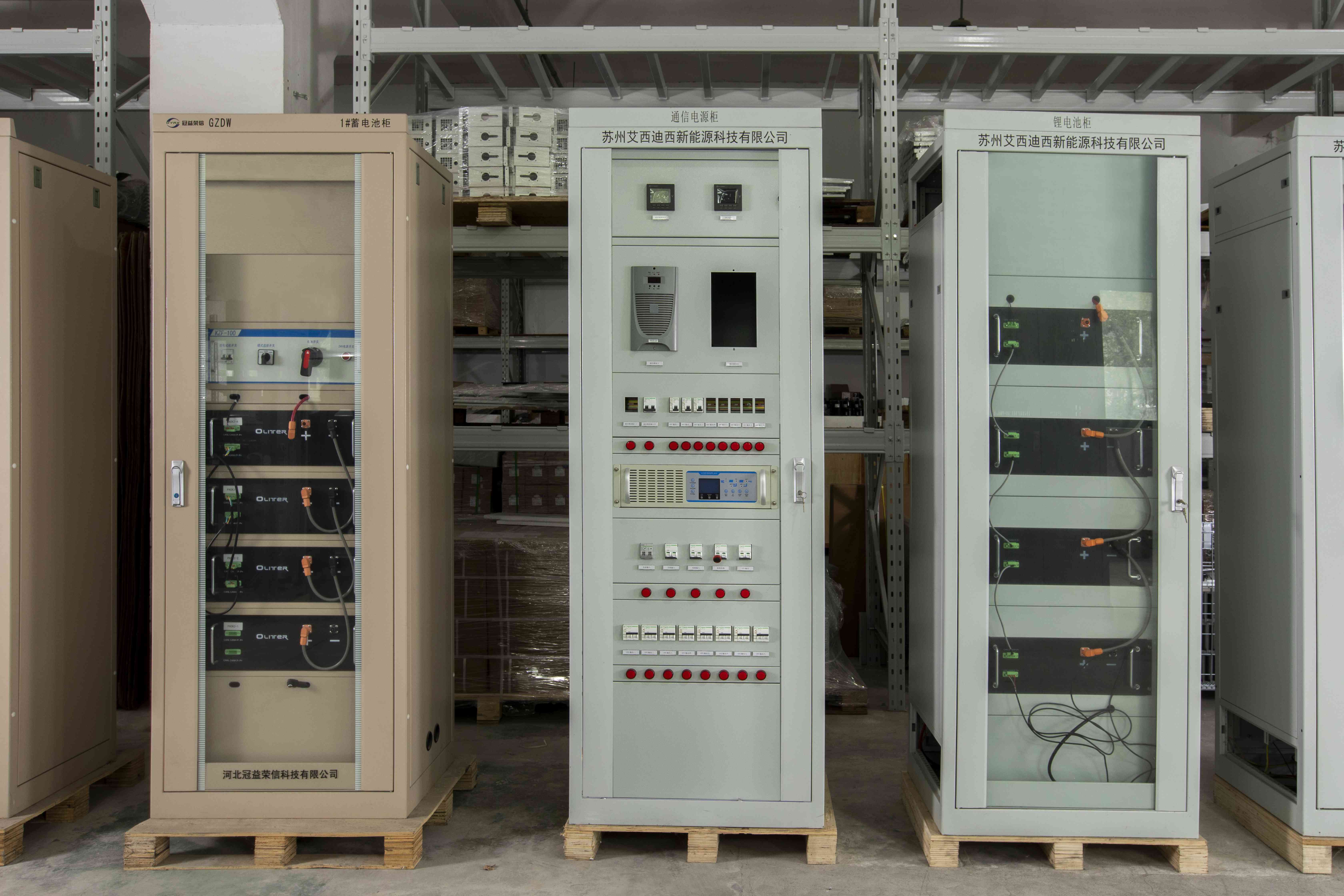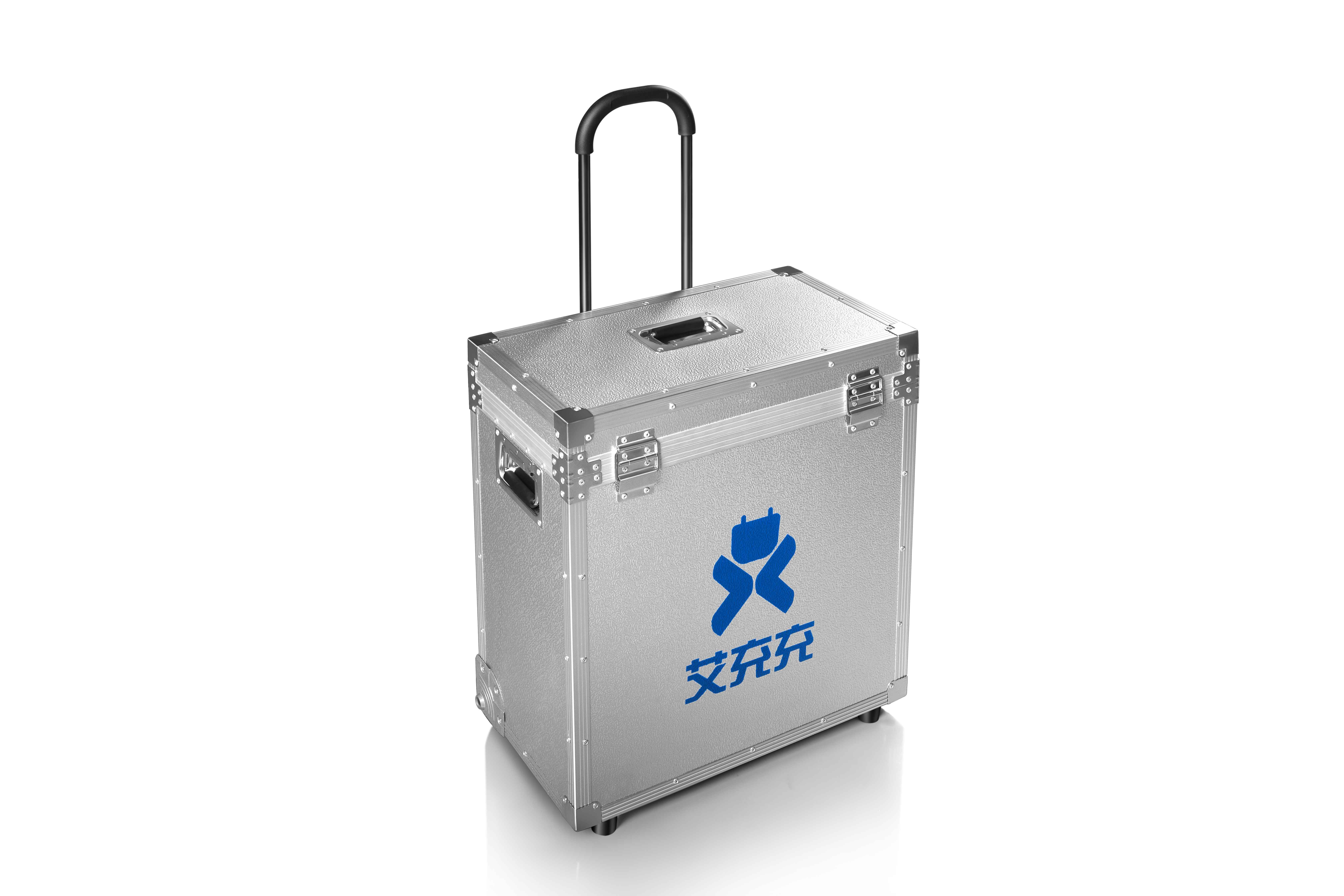
2 月 . 03, 2025 05:49 Back to list
Energy Management System EMS
When delving into the realm of battery energy storage systems (BESS), understanding the array of options available is crucial for anyone looking to optimize energy efficiency and sustainability. With the global focus on renewable energy sources and the need for reliable energy storage solutions, choosing the right type of battery energy storage system can significantly impact performance and cost-effectiveness.
4. Nickel-Cadmium Batteries Known for their robustness and ability to perform under extreme temperatures, nickel-cadmium batteries are used in specialized applications like aviation and industries requiring stable power. They are less susceptible to overcharging issues and can be stored for long periods without losing charge. The presence of toxic materials like cadmium necessitates proper disposal techniques to minimize environmental impact. 5. Sodium-Sulfur Batteries Primarily utilized in large-scale grid applications, sodium-sulfur batteries offer high energy density and efficiency. These batteries operate at high temperatures to maintain the electrolyte in a liquid state, thereby enhancing ion mobility and power performance. Despite their advantages, the requirement for thermal management systems can increase operational costs. Selecting the appropriate battery energy storage system requires a comprehensive understanding of the specific energy needs, environmental conditions, and financial considerations. Each type of battery system comes with its own set of strengths and challenges. Therefore, taking into account factors such as lifecycle costs, efficiency, safety, and environmental impact is essential when determining the best solution. In an era driven by technology and sustainability, investing in research and developments of new energy storage solutions holds significant promise. Advances in battery technology are poised to improve efficiency, reduce costs, and offer even greater energy storage capabilities. By keeping abreast of these innovations, consumers and businesses can ensure a reliable, sustainable energy future.


4. Nickel-Cadmium Batteries Known for their robustness and ability to perform under extreme temperatures, nickel-cadmium batteries are used in specialized applications like aviation and industries requiring stable power. They are less susceptible to overcharging issues and can be stored for long periods without losing charge. The presence of toxic materials like cadmium necessitates proper disposal techniques to minimize environmental impact. 5. Sodium-Sulfur Batteries Primarily utilized in large-scale grid applications, sodium-sulfur batteries offer high energy density and efficiency. These batteries operate at high temperatures to maintain the electrolyte in a liquid state, thereby enhancing ion mobility and power performance. Despite their advantages, the requirement for thermal management systems can increase operational costs. Selecting the appropriate battery energy storage system requires a comprehensive understanding of the specific energy needs, environmental conditions, and financial considerations. Each type of battery system comes with its own set of strengths and challenges. Therefore, taking into account factors such as lifecycle costs, efficiency, safety, and environmental impact is essential when determining the best solution. In an era driven by technology and sustainability, investing in research and developments of new energy storage solutions holds significant promise. Advances in battery technology are poised to improve efficiency, reduce costs, and offer even greater energy storage capabilities. By keeping abreast of these innovations, consumers and businesses can ensure a reliable, sustainable energy future.
Latest news
-
FREMO Portable Power Station High-Capacity, Lightweight & Reliable
NewsMay.30,2025
-
24V DC Power Supply Certified & Efficient Home Depot Exporters
NewsMay.30,2025
-
12V 2A DC Power Supply for Home Depot Trusted Supplier & Exporter
NewsMay.29,2025
-
Energy Storage Power Station Solutions Reliable & Efficient Products
NewsMay.29,2025
-
Portable Power Station R100 High-Capacity & Reliable Backup Power
NewsMay.29,2025
-
Energy Management System EMS
NewsMar.07,2025


